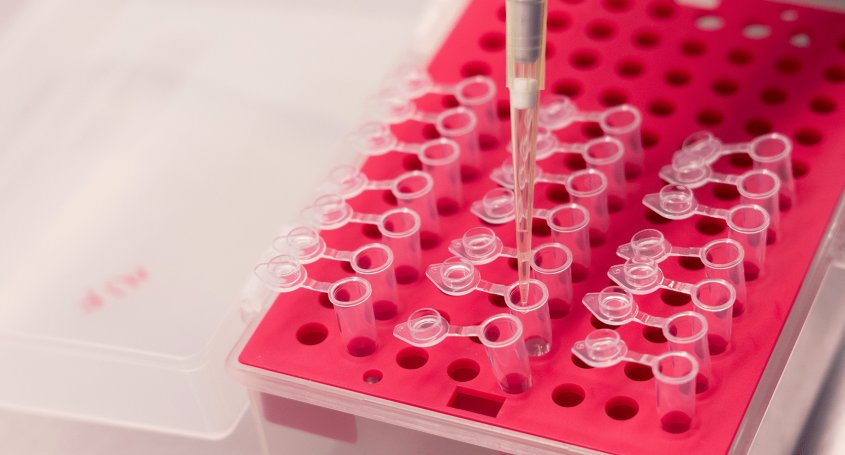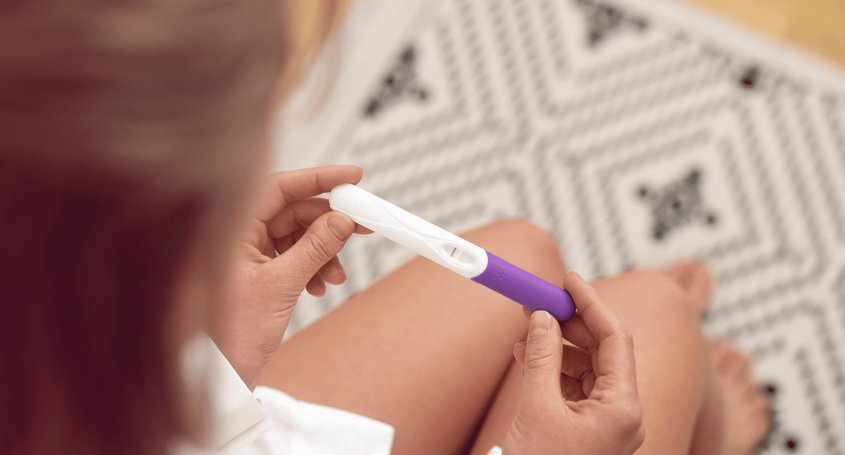The role of the endometrium is very important in achieving pregnancy, as it is the uterine layer in which the embryo implants. For this to happen, it must be approximately 6 to 10 mm thick and have a trilamellar appearance. But how is a trilamellar endometrium achieved? In this post we review all these concepts and endometrial preparation techniques in assisted reproduction .
What is the endometrium and how does it influence fertility?
The endometrium is one of the three uterine layers formed by a viscous and highly vascularised tissue that is formed and destroyed in each menstrual cycle. Its purpose is fundamental in assisted reproduction as it is responsible for implanting the previously fertilised egg into the uterus.
Throughout the menstrual cycle, the endometrium undergoes both morphological and functional alterations due to the effect of the sex hormones secreted by the ovaries: oestrogen and progesterone. Thus, during the cycle, it thickens to allow the embryo to implant and in this way the placenta, the gestational sac and the umbilical cord through which the foetus will be connected to the mother can develop.
Trilamellar endometrium and its thickness
The female sex hormones released by the ovary are responsible for favouring the development of the endometrium and ensuring that it acquires the correct appearance so that the embryo can adhere to the uterine cavity and begin its development.
For embryo transfer to take place, the endometrium must have an adequate thickness. In order to be receptive and allow implantation, it must have a trilamellar appearance when observed by ultrasound, that is to say, with 3 differentiated layers. Its optimal thickness is from about 6 mm onwards. This generally corresponds to days 19-21 of the menstrual cycle, when the endometrium is receptive. This period of time is known as the window of implantation.
If the condition of the endometrium is not adequate, problems will be encountered in achieving fertilisation. Endometriums smaller than 6 mm are associated with low pregnancy rates at term.
Endometrial preparation in IVF
Whatever the assisted reproduction treatment, endometrial preparation is necessary to reproduce the natural situation, but optimising it as much as possible to increase the chances of achieving pregnancy. To this end, medication is administered, generally progesterone via the vagina. Ultrasound monitoring is used to evaluate the thickness and pattern of the endometrium to assess the receptivity of the endometrium and to determine the best day for the embryo transfer.
Nesting of the embryo in the endometrium occurs 6 to 7 days after fertilisation and the embryo is at the blastocyst stage. For this to occur, there must be perfect synchronisation between the embryo and the endometrium, this means there must be endometrial receptivity.
Therefore, the thickness and appearance of the endometrium are factors to be taken into account to predict the success of a fertility treatment, but it is difficult to establish a cut-off point to know whether implantation will occur or not because it is a complex process and there are more factors involved. Having a trilamellar endometrium of 8 mm does not mean that it is certain that embryos will implant. On the other hand, there may be patients who can achieve pregnancy with 6 mm. Each case must be evaluated and treated on a case-by-case basis. So, don't wait any longer and contact us.

















